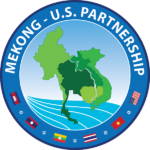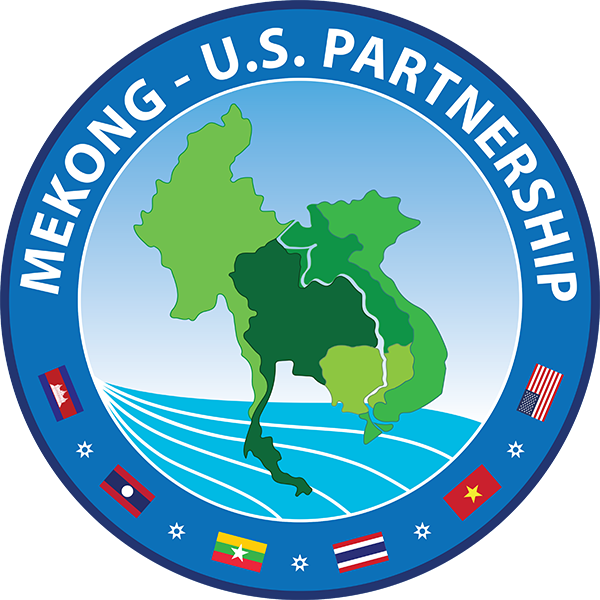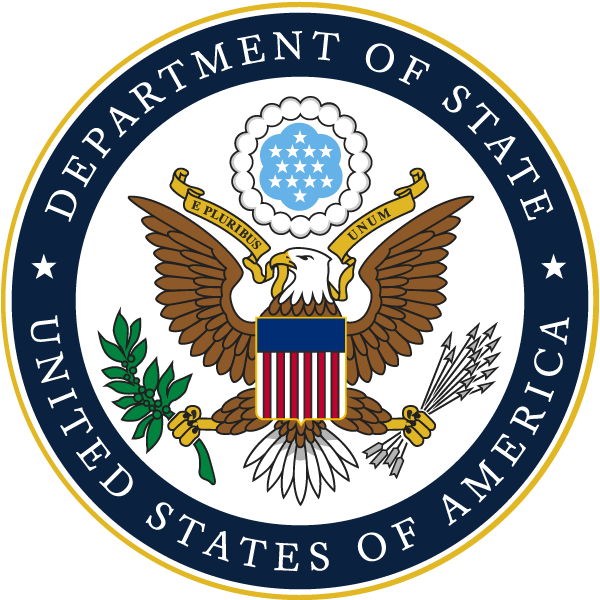Advances in data processing and storage technology have made data about rainfall, river flow, forest cover, salinity levels and other environmental parameters freely available to anyone with Internet access and a computer— but making sense of that data remains a challenge.
Imagine every government officer needing to scroll through thousands and millions of statistics every time they need to make a decision. It could never happen. But data processing and visualization tools can simplify the process.
Huge datasets – “big data” — from satellite observation, remote sensors, and other kinds of environmental monitoring can be analyzed to reveal trends and patterns. In turn, that information can help decision makers answer important questions and set policy priorities.
For example, are farmlands in a certain area getting less predictable rainfall? (Maybe water storage infrastructure is needed.) Are waterfront properties more likely to experience flooding in years to come? (Perhaps, no new single-storey homes at the beach should get building approval!)
Yet very little of the data available is actually being used for decision making. Past estimates suggest that only 3-5% of available climate data is being used to answer questions like these.[1]

Plugging the Water Data Gap
In the Mekong region, as in many developing countries, barriers to using big data include the cost of licences for proprietary software, and the need for large amounts of data storage and processing capability. Now, the availability of web-enabled tools is bringing “big data” within reach—and a new project is giving water resource managers the access and skills to use climate and water data for decision making.
The project, “Improved Hydrologic and Hydraulic Decision Support for the Mekong Basin“, is a six-workshop series supported by the governments of the US and Republic of Korea, and implemented by the Sustainable Infrastructure Partnership.
The project kicked off with an introductory workshop in July 2021, and a second workshop took place from 15-17 February 2022. The three-day event brought US-based experts from the University of Virginia, the US space agency NASA, and the US Army Corps of Engineers (USACE) together with more than 60 trainees from across the region.
Participants came from government agencies in Cambodia, Lao PDR, Thailand and Vietnam. They represented agencies responsible for water resources, environment, meteorology, and energy planning. Several participants came from the National Mekong Committees in each country, and from the Mekong River Commission Secretariat.
During the online training, workshop sessions enabled each participant to try out the software and modeling tools for themselves, and to engage in question-and-answer sessions with the US-based trainers.
Learning from Other Practitioners

One of the six trainers involved in this event was Dr Ibrahim Mohammed, a research scientist in the Hydrological Sciences Laboratory at Goddard Space Flight Center, National Aeronautics and Space Administration (NASA), US, who is leading assessment studies by NASA and Conservation International to improve water resource management in the Lower Mekong Basin.
Dr Mohammed showed participants how to use two web-enabled tools, NASAaccess and SWATOnline, for understanding climate, weather and hydrology information.
Participants also learned to use HEC-RAS software, developed by the USACE for river analysis.
Dr Calvin Creech, lead interdisciplinary engineer with USACE, presented a case study of how these tools are being used in Latin America, and showed how the use of SWAT and HEC-RAS tools can be integrated.
The training workshop wrapped up with a session to discuss next steps. Participants requested in-country training in the future, so as to gain more hands-on experience in using the software. Another request was to provide video explainers before the live sessions with trainers.

Summing up, one participant wrote, “Thank you for all presenters and your team…it was excellent, very knowledgeable and made our staff feel confident in undertaking the practical part.”
A further four workshops in the series are planned.

[1] Spencer McDonald, Ibrahim Nourein Mohammed, John D. Bolten, Sarva Pulla, Chinaporn Meechaiya, Amanda Markert, E. James Nelson, Raghavan Srinivasan and Venkat Lakshmi. Web-based decision support system tools: The Soil and Water Assessment Tool Online visualization and analyses (SWATOnline) and NASA earth observation data downloading and reformatting tool (NASAaccess). Environmental Modelling & Software, Vol. 120, 2019,104499, ISSN 1364-8152, https://doi.org/10.1016/j.envsoft.2019.104499.
 Mekong - U.S. Partnership
Mekong - U.S. Partnership


